Austria unveils its Wall of Names
NewsPress release:
Tomorrow, November 9 at 4.p.m, Austria will open the Shoah Wall of Names.
The Shoah Wall of Names Memorial is intended to be a central and quiet place of reverence where people can remember the fates of the more than 64,400 Jewish children, women and men from Austria who were murdered in the Shoah and commemorate their lives.
The initiator and founder of the Shoah Wall of Names Memorial is Kurt Yakov Tutter, who was born in Vienna in 1930. In 1939 he fled with his family to Belgium, where he and his younger sister Rita survived the Holocaust with the help of a Belgian family.
Federal Minister Karoline Edtstadler: “The Republic of Austria is creating a tangible symbol of its responsibility, in the form of the Shoah Wall of Names memorial. The names of these victims are indelibly engraved across 160 commemorative walls. In doing this, we hope to return to them, at least in part, their dignity. This memorial is a place where their descendants and relatives can come and think on their loved ones and it should be a place which attempts to convey to those who visit, the sheer scale of the hate of the National Socialists.”
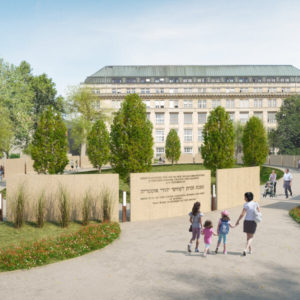

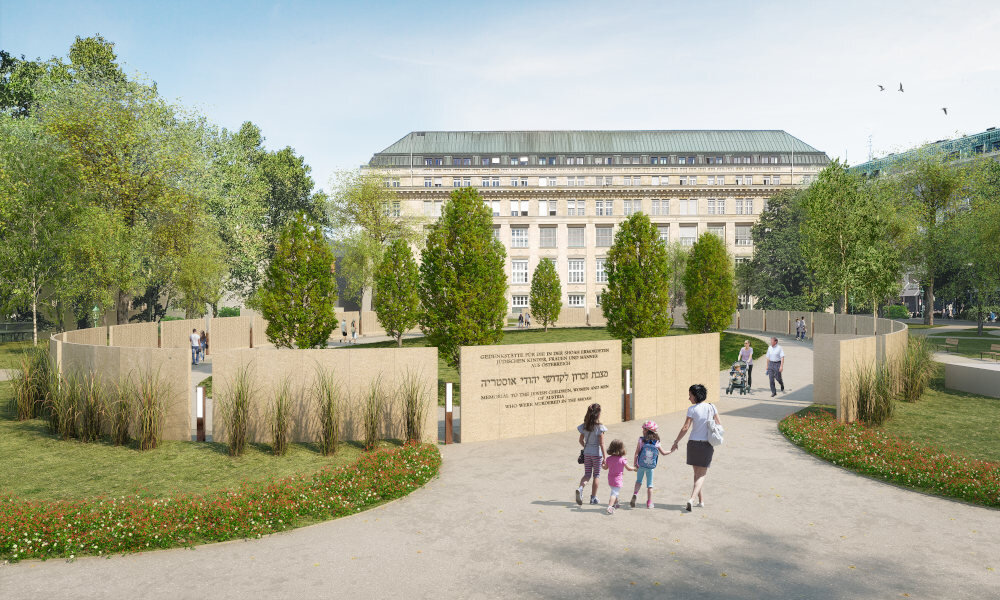

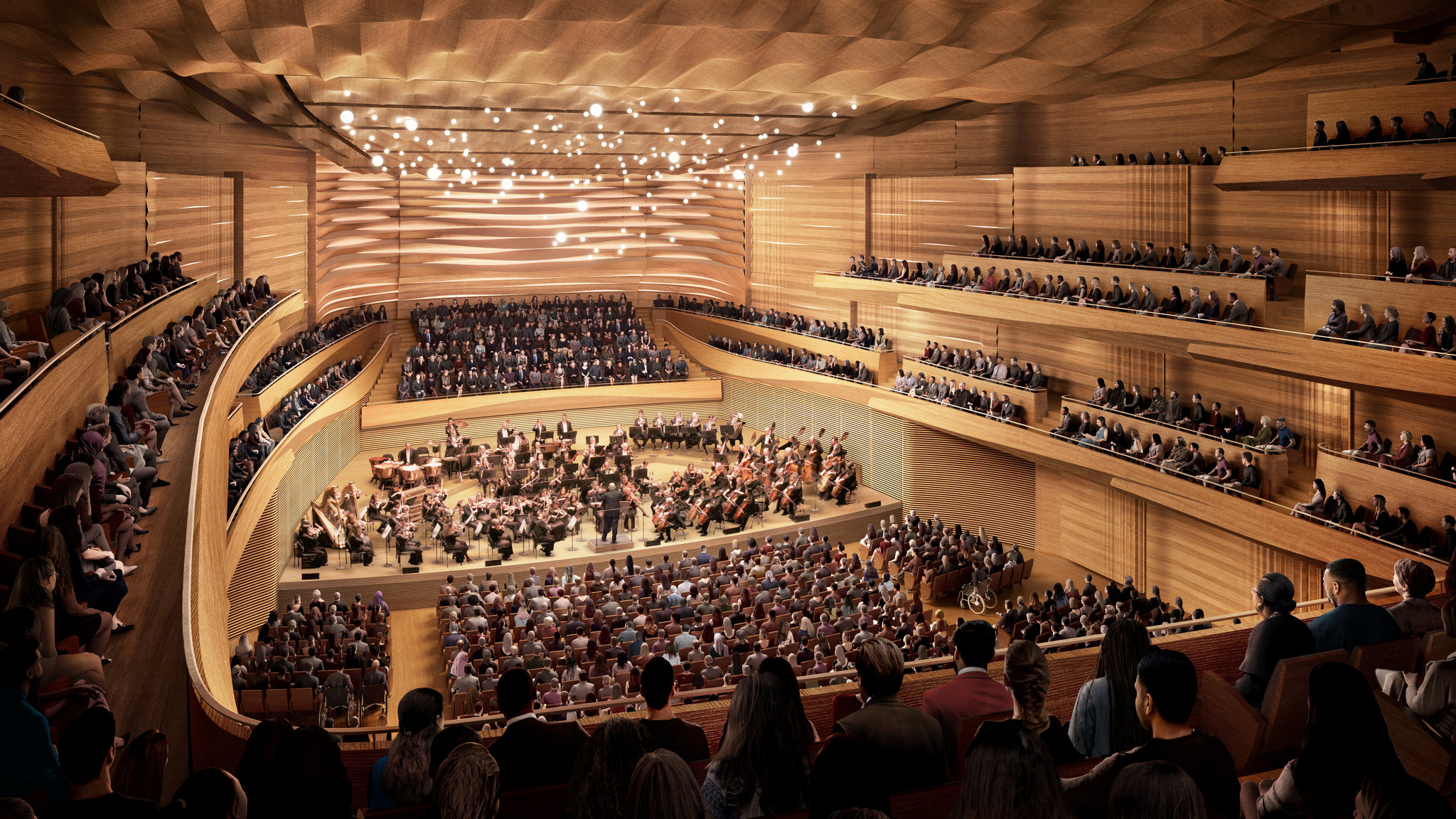
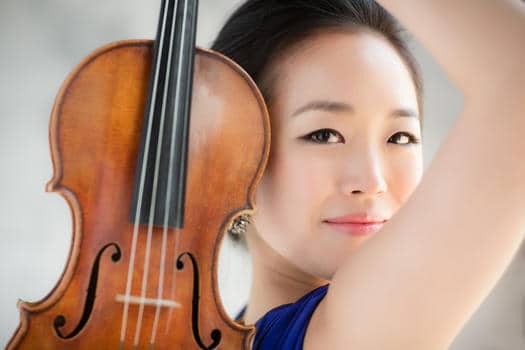
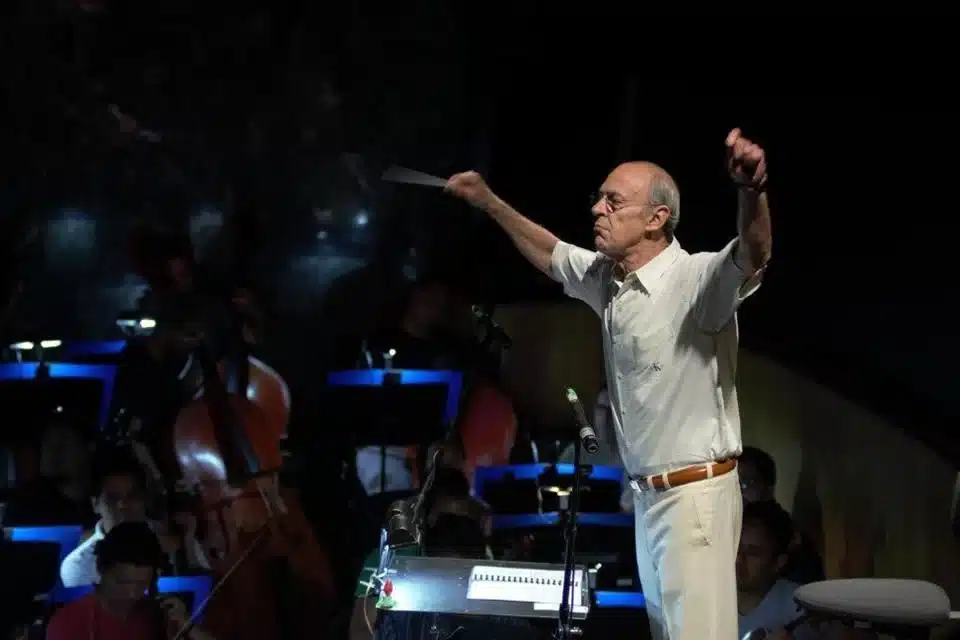
The numbers remain a staggering, stunning demonstration of human evil. One never gets used to them.
Finally.
where is it.? the article doesn’t even say vienna
The memorial was erected in the Ostarrichi Park in front of the Austrian National Bank in Wien’s 9. Bezirk.
Today, November 9th, is a mixed sort of special day in Germany. It is the day the Berlin Wall came down, and the anniversary of the Kristalnacht in 1938. In two nights of lawlessness, the Kristalnacht rioters destroyed 267 synagogues throughout Germany, Austria and the Sudetenland. Over 7,000 Jewish businesses were damaged or destroyed, and 30,000 Jewish men were arrested and incarcerated in concentration camps. Early reports estimated that 91 Jews had been murdered, but modern historical analysis puts the number much higher. Historian Richard J. Evans estimates 638 suicide deaths as a consequence of the pogrom.
November 9th is also a day to celebrate German unity (and even the American contributions to that cause,) a day to be thankful that Germany is a far better country than in 1938, and a day to soberly contemplate the rise of right-wing populism in Europe and North America.
Will we ever fully understand the history of Nazism and the Holocaust without better understanding the cultural foundations that produced them? To this day, a cultural approach to understanding this history remains an almost taboo topic and still evokes a great deal of distress, denial, and resentment.
Classical music is one of the most informative cultural areas to examine because it was so closely tied to the regime, and because it serves reasonably well as a microcosm of society. Why did the Berlin and Vienna Philharmonics collaborate so strongly? Why were forty-seven percent of the Vienna Philharmonic’s members National Socialists, and why did so many belong to the party well before 1938 when it was still illegal in Austria? Why did the Vienna Phil give its highest award, the Ring of Honor, to the Gauleiter of Vienna, Baldur von Schirach, who was directly responsible for the deportation of 64,000 Austrian Jews to their deaths? Why did the Philharmonic re-issue the ring to the convicted war criminal Schirach in 1967 after it was lost during his 20 year incarceration in the Spandau Prison in Berlin? Why has the Philharmonic historically held the view that Asians would destroy the orchestra’s image of Austrian authenticity? Is this racist and correlated to Nazi concepts of racial and cultural purity? Why does the Philharmonic not have any fully Asian members to this day—something that sets it far apart form most every major orchestra in the world?
What is the correlation, and possible cause and effect, between this history and that the Austro-Bavarian region of Europe remains one of the strongest areas of hard right, far-right, and right-wing extremist thought in Europe? How did this cultural basis influence the rise of National Socialism (Nazism)? Are there cultural characteristics that caused Hitler refer to Munich as his spiritual home, and that allowed him to build the Nazi Party there?
Germany and Austria are paradigmatic for classical music. Can we gain insights into the nature of Western classical music by closely studying this cultural history? Or does classical music, as some insist, exist in a cocoon largely isolated from the world around it? Did this history shape some of values that shape the nature of our music, or is it a form of pure thought with only a limited social basis?
Music, like mathematics, is the product of social circumstances as we all know, and nothing more. The qualities of the triangle, which got such great status during the Middle Ages, can not be seen distinct from the Christian church (the Holy Trinity), as the square and the cube reflect very limitied intelligence – forms which are absent from Nature. When a criminal correctly explains the pythagorean theorem, this clearly proves the evil inherent in Pythagoras’ thinking and we should reject it for that reason. What else? Oh yes – ‘freedom, brotherhood and equality’ were exclaimed by the people who, during the French revolution, in the name of the Enlightenment killed thousands of people because they seemed not to agree with these beautiful ideals, so: away with freedom, brotherhood and equality. There were nazis in the postwar VPO, so: away with the music they played and the orchestra because even in today’s globalized world they don’t like Chinese players as typical Viennese. And so it goes on.
“Perhaps the most extraordinary photograph depicts an accordionist leading a sing-along for approximately 70 SS men taken at this gathering. In the front row of the group are Höcker, SS-Hauptscharführer Otto Moll (the supervisor of the gas chambers), Höss, Baer, Kramer, Franz Hössler (commander of the female prisoner compound at Birkenau), and Mengele. These are some of the only known photographs of some of these men, including Mengele, taken while they were stationed at Auschwitz.”
“Several pages are devoted to a day trip for SS Helferinnen (female auxiliaries, young women who worked for the SS as communications specialists) on July 22, 1944. They arrive at Solahütte and run down a ramp accompanied to the music of an accordionist.”
https://www.ushmm.org/collections/the-museums-collections/collections-highlights/auschwitz-ssalbum/album
https://www.yadvashem.org/yv/en/exhibitions/album_auschwitz/arrival.asp
Mmh I dont know, it’s enough already, we dont need this wall in Wien and everyone knows already about this things, time to move on
In today’s Guardian there is a story saying that HALF of Britons do not know that 6 million Jews were murdered in the Holocaust. https://www.theguardian.com/world/2021/nov/10/half-of-britons-do-not-know-6m-jews-were-murdered-in-holocaust
If this is the case in Britain, I hesitate to guess what a similar survey would find in Austria. A lot of attitudes like yours, I suspect.